News
Scientists synthesise vibrant natural blue colour from red cabbage
21 Jun 2021Scientists have synthesised a natural blue colour from red cabbage that is “nearly identical” to artificial brilliant blue FCF, and founded a start-up, Peak B, to commercialise it.
The naturally sourced cyan blue colorant has colour properties that are nearly identical to those of the industry standard, brilliant blue FCF (FD&C Blue No. 1), an artificial colour that has been associated with negative health impacts.
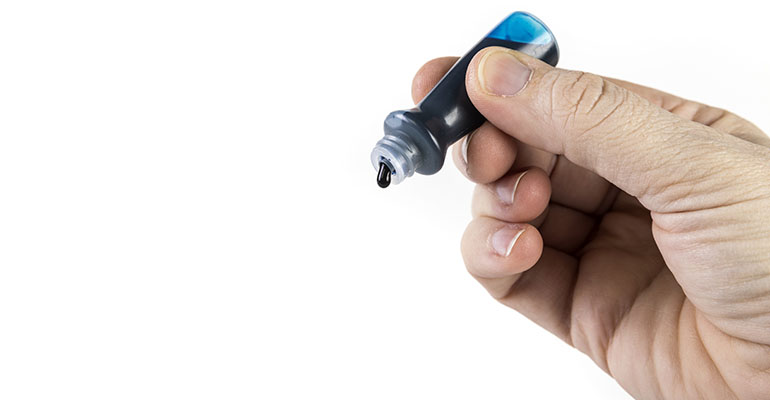
The ingredient will meet growing consumer demands for more natural ingredients in food while keeping a vibrant colour palette, said the team of researchers.
Previous efforts to commercialise the blue pigment in red cabbage have been held back by the fact that natural blue colouring is present in tiny amounts in the vegetable that make it unviable.
Brassica Blue by Peak B
However, researchers at UC Davis, led by Pamela Denish, a graduate student at the UC Davis department of chemistry and Innovation Institute for Food and Health, have succeeded in designing an enzyme that converts purple and red anthocyanins in cabbage into blue.
The scientists screened public databases containing millions of enzymes for potential candidates and then tested a small number in the lab. Based on those results, they used computational methods to search a huge number of potential protein sequences — 10 to the power of 20, more than the number of stars in the universe, they noted in a statement — to design an enzyme that would accomplish the conversion with high efficiency.
The blue colorant will be commercialized under the name ‘Brassica Blue’ by Peak B, a newly founded start-up located in Davis, California, which will be the exclusive licensee. The start-up has received angel funding and is fully equipped with laboratories and several outsourcing partners.
Production should begin in 2022 serving food industry customers first, followed by the pharmaceutical, textile, and cosmetic industries, said Pam Denish, the inventor and chief technology officer (CTO) of the start-up. Its CEO, Brock Siegal, has previous experience in the food industry and as a Silicon Valley executive.
Cheaper, more vibrant and more functional than natural equivalents
According to Denish, Brassica Blue has a clear competitive advantage over other natural blue colours, such as spirulina.
“Our blue colorant has performance and market advantages to spirulina,” she told The Ingredients Network. “Brassica Blue is a more vibrant cyan that is closer in hue to FD&C Blue 1, whereas spirulina is a paler blue. Spirulina is also hard to mix to make different colours. For example, in mixing with yellow to make green, Brassica Blue performs very well, but spirulina doesn't mix evenly.
“From a market perspective, Brassica Blue is cheaper to produce than spirulina colorant. Finally, spirulina is not abundant enough for global use by food manufacturers. The rarity of spirulina is not a problem while it is consumed primarily in the niche market. However, there would be a shortage were mainstream companies to try to incorporate it into their products.”
When asked whether the blue colour could be considered natural given that synthetic biology techniques are used in its manufacturing, Denish said the enzyme and biological components, apart from the red cabbage, are removed before final use.
“The synthetic biology techniques simply separate and enrich that compound from other components in red cabbage that interfere with the blue colour,” she said. “In other words, the only component actually used as colorant is natural. Similar processes are used in beer and cheese-making.”
‘Remarkable stability’
Brassica Blue shows good stability in product applications with no notable decay in colour when stored at ambient conditions over a 30-day period, according to the scientists. They tested it in a sugar syrup with a pH level of 7 for 55 days and reported a 14% loss of colour – “remarkable stability” compared to many naturally sourced colourants, including anthocyanins, they wrote in the study.
Nevertheless, more research is needed to evaluate the ingredient’s stability and colour vibrancy in a wide range of food and drink applications in order to determine usage limitations and appropriate safety precautions, they added.
Confectionery giant Mars, which funded the study, has tested the pigment in a blue ice cream.
Mars recently abandoned its 2016 pledge to remove artificial colours from its portfolio in the US, although it has already done so for the European market.
Related news
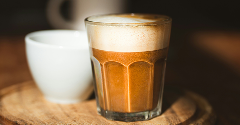
Oat Barista: Innovation for game-changing beverages
20 Nov 2025
Oat Barista is a clean label, sustainable, and innovative drink base specifically designed to create the perfect foam in one single ingredient.
Read more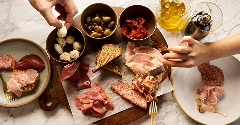
Nitrites: Pressure grows on UK to follow EU’s lead
20 Nov 2025
Pressure is growing on the UK to follow the EU’s lead after the bloc revised its regulations on the permitted levels of nitrites and nitrates in cured meats.
Read more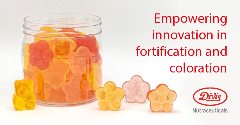
Empowering innovation in fortification and colouration
13 Nov 2025
Divi’s Nutraceuticals offers a large portfolio of innovative, high-quality ingredients for foods, beverages, and supplements, with bespoke solutions and expert support for product success.
Read more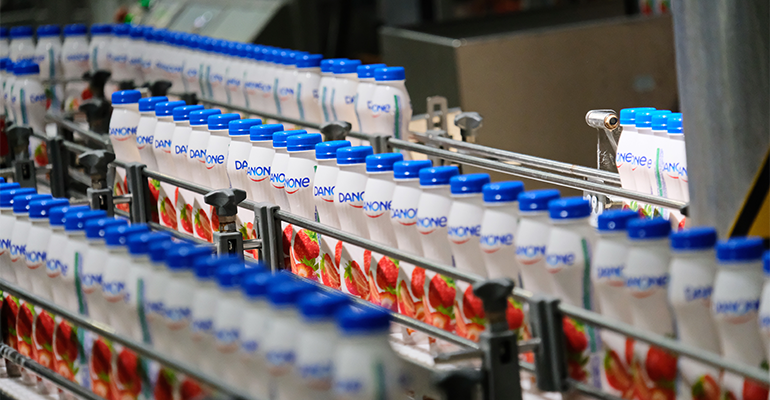
Danone highlights digestive health as potential ‘tipping point’ for food industry
13 Nov 2025
Danone is betting on a food industry “tipping point” that will bloat the market for healthy products, particularly those related to gut health.
Read more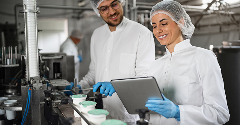
Standing Ovation and Bel scale up casein production from dairy co-products
11 Nov 2025
Foodtech company Standing Ovation has partnered with cheese specialist Bel Group to manufacture dairy serums for industrial-scale casein production via precision fermentation.
Read more
AI attraction means foodtech startups must ‘prove’ rather than ‘promise’
4 Nov 2025
Reports suggest that artificial intelligence (AI) is sucking investment from foodtech and agritech, but investors say the picture is complicated.
Read more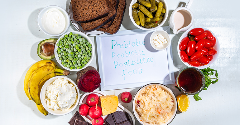
Will postbiotics become the go-to functional ingredient?
3 Nov 2025
Postbiotics show significant promise for the functional foods market due to their safety profile and beneficial bioactive properties, research suggests.
Read more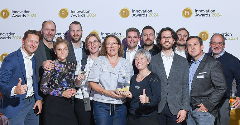
Meet the finalists of the Fi Europe Innovation Awards 2025
31 Oct 2025
Who made it to the shortlist of the Fi Europe Innovation Awards 2025? Read about the 23 companies making food and drink products healthier and manufacturing processes more efficient.
Read more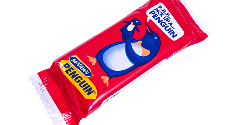
Penguin and Club bars no longer classed as chocolate
30 Oct 2025
Penguin and Club bars can no longer be classified as chocolate after the pladis-owned McVitie’s brands turned to cheaper alternatives amid the ongoing cocoa crisis.
Read more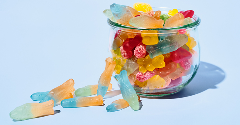
Shorter drying time, sweeter success!
30 Oct 2025
Curious about cost-effective, sustainable and delicious candy making? Stefan Wessel reveals how Avebe’s solutions reduce drying time and energy use by up to 50%.
Read more